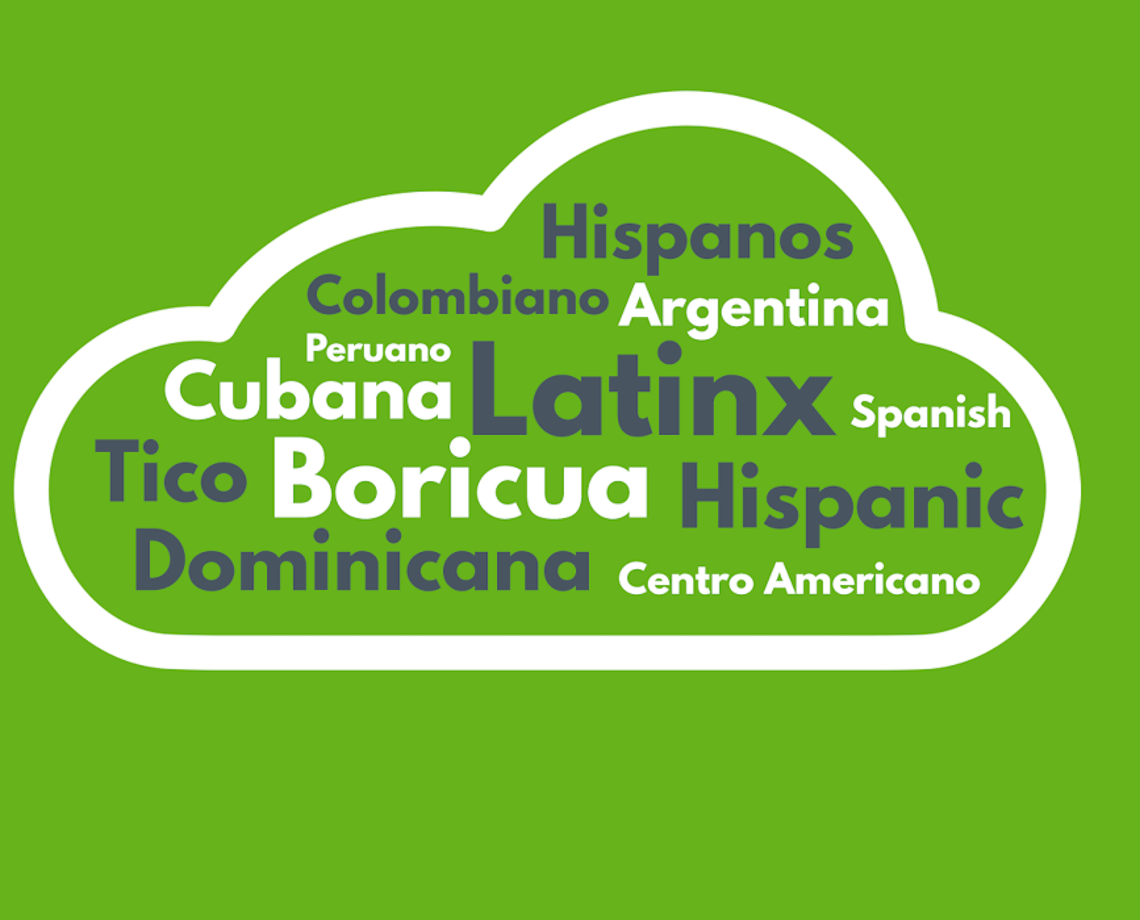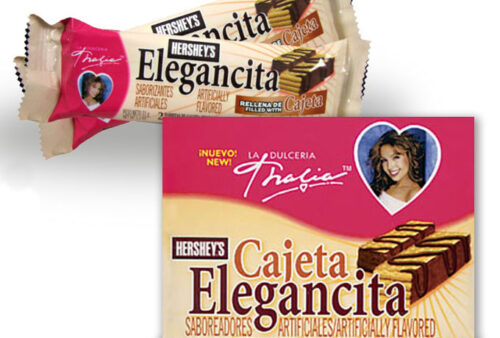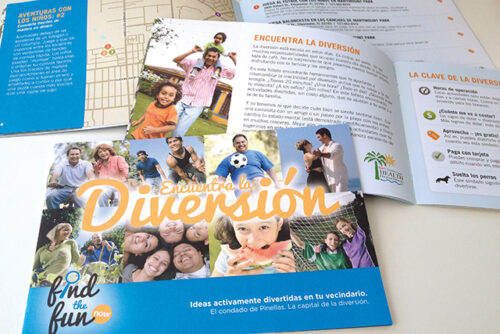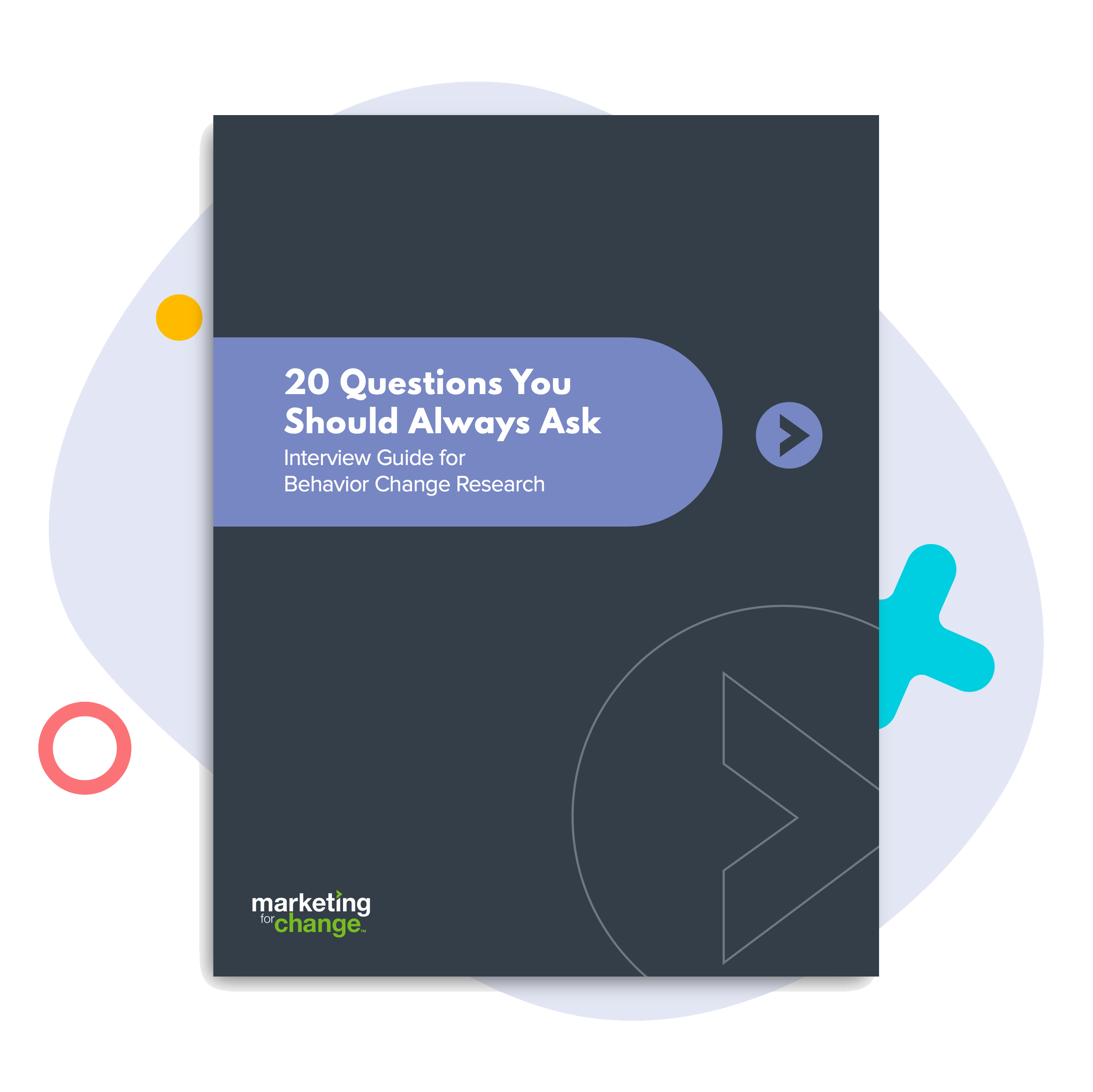
How to “Speak” Hispanic
As the nation’s Hispanic population continues to grow, unhealthy food brands are increasingly and disproportionately targeting minorities, exacerbating health disparities. But for public health campaigns fighting this trend reaching Hispanic audiences takes more than just word-for-word translations and swapping out photos to include different demographics.
It takes nuanced research and insight to understand the key motivators and barriers for individuals in Hispanic communities, and above all, the acknowledgment that these communities are not homogenous.
While working on a campaign to lower sugary drink consumption in Howard County, Maryland, for example, we were able to reach the small but valuable Hispanic community with unique creative tailored to a segmented audience.
Finding that most Hispanic families in the area had long lived in the States, we highlighted the story of a real community member and the culture shock he experienced with packaged foods and sugary drinks after moving from Peru, as well as his family’s decision to find their way back to healthier choices.
Each “Hispanic” community, while made up of individuals who may speak the same native tongue, can vary widely depending on country of origin and level of acculturation. Miami’s (older) Cubans lean right, while Orlando’s Puerto Ricans lean left. To West Coast latinos, “Hispanic” is a word used by East Coast Anglos. And while there are some overarching cultural themes that resonate with many Hispanic communities, nuance, again, can be everything. For example, everyday words in one country of origin are shocking vulgarities in another.

In Mexico, “cajeta” means toffee or candy, but in South America, it can be interpreted as a very vulgar term.
In our Hispanic practice, we use our cornerstone fun, easy and popular methodology to market behaviors based on a unique understanding of specific audiences and environments.
In 2012 while working on campaign to increase physical activity in Pinellas County, Fla., we were tasked with extending our web-based intervention (FindTheFunNow.com) to the county’s Hispanic community, which made up only 9% of the population but had higher risks of obesity-related chronic disease such as diabetes and heart conditions.
Our research showed our target audience — Hispanic moms, who were largely in charge of organizing family activities — were not only Spanish dominant, they rarely used computers. So simply translating the web tool would have been a fruitless, and expensive, endeavor.
Instead, we developed a Spanish-language direct mail booklet that highlighted fun, physically active things to do within walking distance of the neighborhood. We were able to offer this audience something they were already looking for in places they already were.

The big takeaway here is this — no marketing campaign would define their target audience as “English-speaking communities.” The same should be said for Hispanic outreach.






